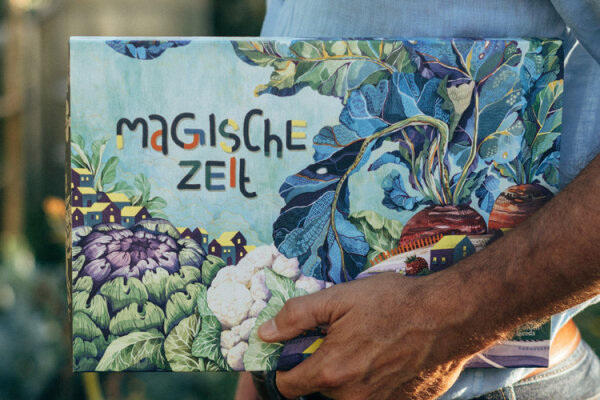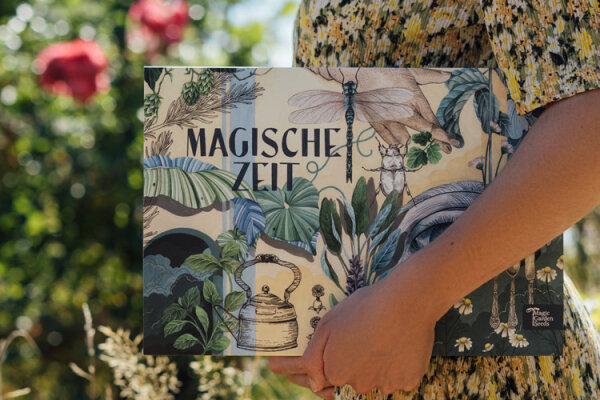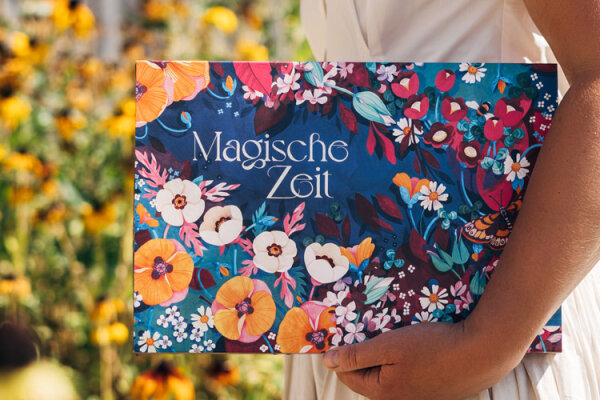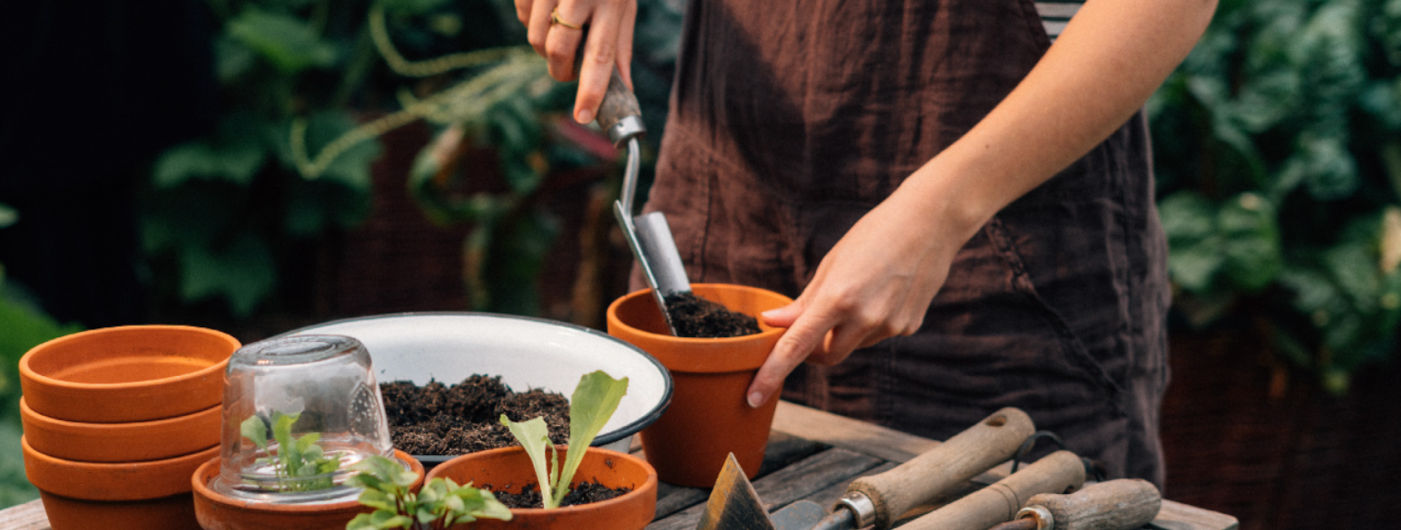News

Take a deep dive into our gardening world.
Here our experts share their experiences and knowledge,
offering tips and inspiration across all aspects of gardening,
plant propagation and nature.
An advent calendar to light up the Christmas countdown and inspire the whole gardening year: this Vegetables, Herbs & Flowers Seed Advent Calendar will amaze you with 24 carefully selected open-pollinated varieties – colourful, diverse and easy to grow. Whether you’re a brand new gardener or an expert grower, this calendar will bring fresh inspiration to your windowsills, balconies and gardens.
Advent calendars don’t have to have chocolates inside – instead, how about a calendar with 24 packets of seeds to transform your vegetable patch, raised bed or allotment into a colourful and edible oasis? The Grow-Your-Own Garden Feast organic seed advent calendar gives you a new open-pollinated organic variety day by day in December – bringing joy not just in Advent but through a whole year full of growing, harvesting and seasonal variety.
Advent calendars don’t have to have chocolates or toys inside – instead, how about 24 mini-surprises to turn your kitchen, home or balcony into a herbal oasis? The Wondrous World of Herbs Organic Seed Advent calendar brings you a new packet of open-pollinated organic seed day by day in Advent – for a joyful festive countdown and a whole year full of fragrance, flavour and herbal wisdom.
Advent calendars don’t always have to have chocolates or toys inside – instead, how about 24 festive treats to turn your home, garden or balcony into a sea of wildflowers? The Sea of Wildflowers Organic Seed Advent Calendar brings you a new packet of open-pollinated organic seed day by day in Advent – for a joyful festive countdown and a year full of flowers, fragrance and colour.
It’s first thing in the morning, and you’re taking a leisurely stroll through the garden, coffee cup in hand – when you see that it’s happened yet again: those lovingly planted lettuce seedlings have disappeared, with just a chewed edge left behind. Snails and slugs are probably among the most dreaded of our garden companions. But rather than reaching for the slug pellets it’s worth turning to nature for the answers – there are many plants snails just can’t stand, and these are the ones you need to make your friends.
The longest day and shortest night mark the start of one of the most magical times in the year – the summer solstice, also known as midsummer. On Midsummer Eve nature shines in all its glory – full of life, light and a deep connection between heaven and earth. Our ancestors also celebrated this transition, connecting themselves with the forces of nature through fires, dancing and rituals.








